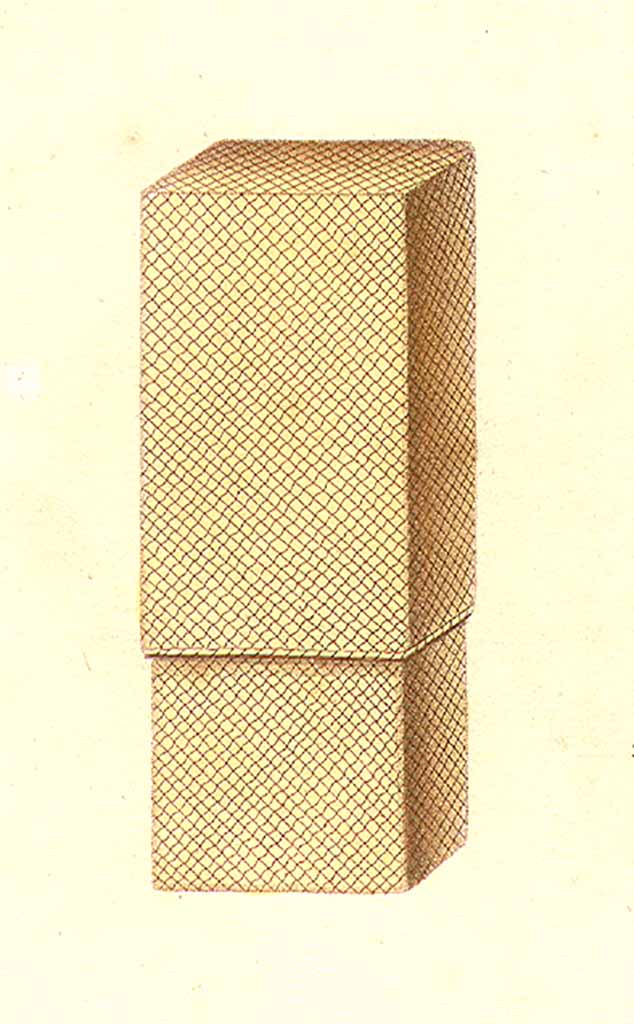Kottot: Marriage Rituals

Used to present chenchule’
Kottot (pronounced koe-toot) is a rectangular basket made from the leaves of the åkgak (awhk-gak) tree, which is the Screw pine (pandanus tectorious). The kottot was used for a ceremonial presentation of gifts of rice as a type of chenchule’ (CHamoru system of exchange).
Rice, placed in kottot baskets, was given as gifts to guests at wedding ceremonies during ancient CHamoru times. Rice was not plentiful at this time in Guam’s history and gifts of it were only given at special times such as marriages and childbirth.
When a woman was about to give birth, her female relatives would come to sit with her. While her husband’s sisters were expected to bring gourds of water, the other female relatives of all ages brought a kottot of rice and fish. The food was shared in a feast to celebrate the birth of a child.
The basket is made by taking strips of pandanus leaves and weaving them into a mat. After the bottom of the mat is completed, weavers would lift the two middle leaves up on each side, cross them over each other and start weaving upwards. This will start the raising of the sides of the mat into a basket.
For further reading
Craib, John L., and Nancy L. Farrell. “On the Question of Prehistoric Rice Cultivation in the Mariana Islands.” Micronesica 17, nos. 1-2 (1981): 1-9.
Cunningham, Lawrence J. Ancient Chamorro Society. Honolulu: Bess Press, 1992.
Fritz, Georg. The Chamorro: A History and Ethnography of the Mariana Islands. 2nd ed. Translated by Elfriede Craddock and edited by Scott Russell. Occasional Historical Papers Series, No. 1. Saipan: Commonwealth of the Northern Mariana Islands Division of Historic Preservation, 2001.
Thompson, Laura M. Guam and Its People. With a Village Journal by Jesus C. Barcinas. 3rd ed. New Jersey: Princeton University Press, 1947.